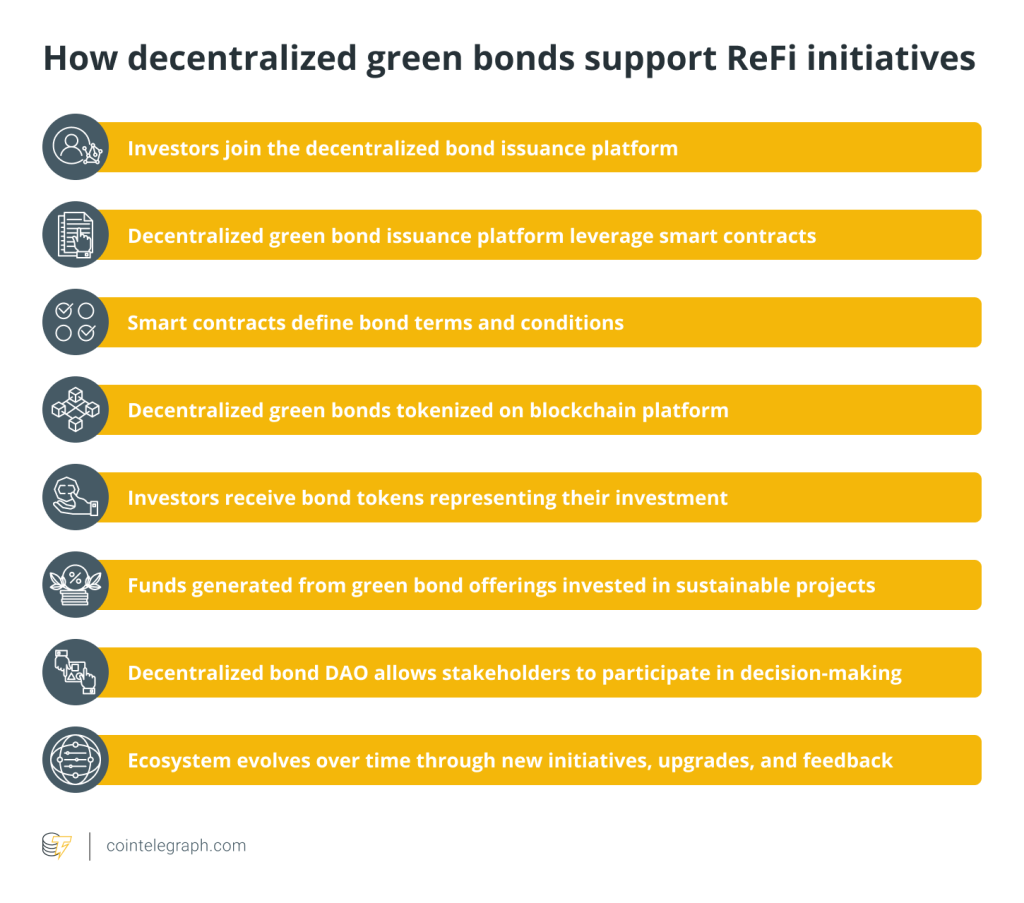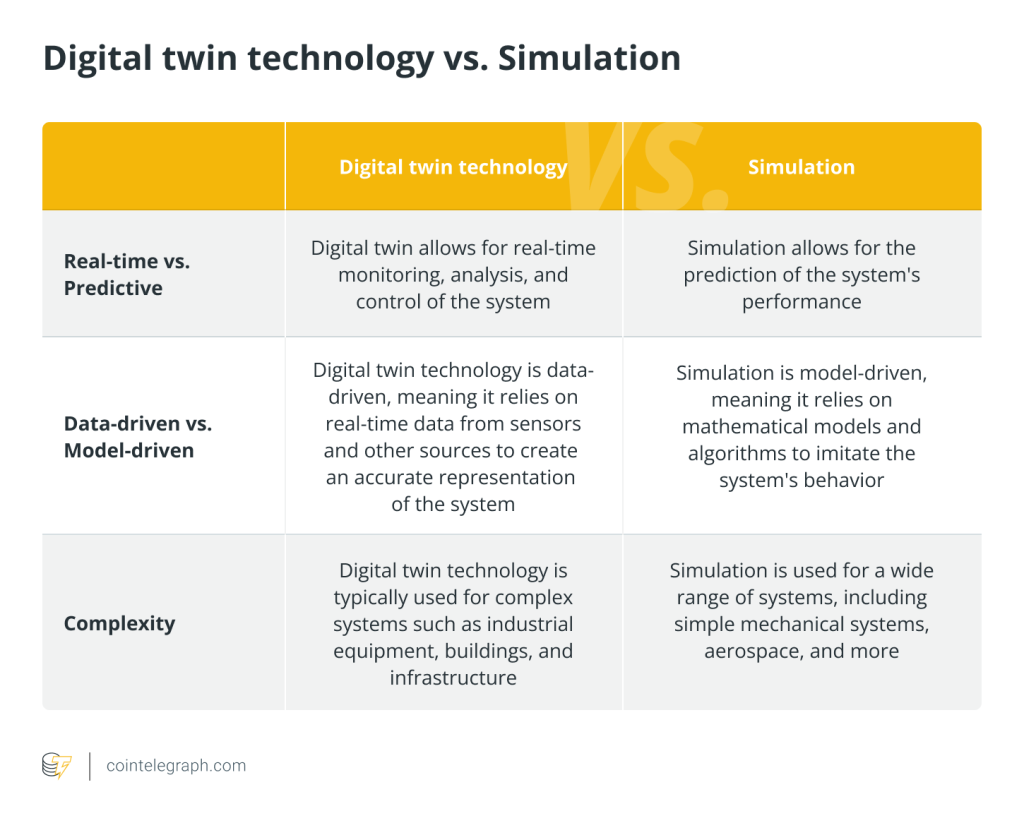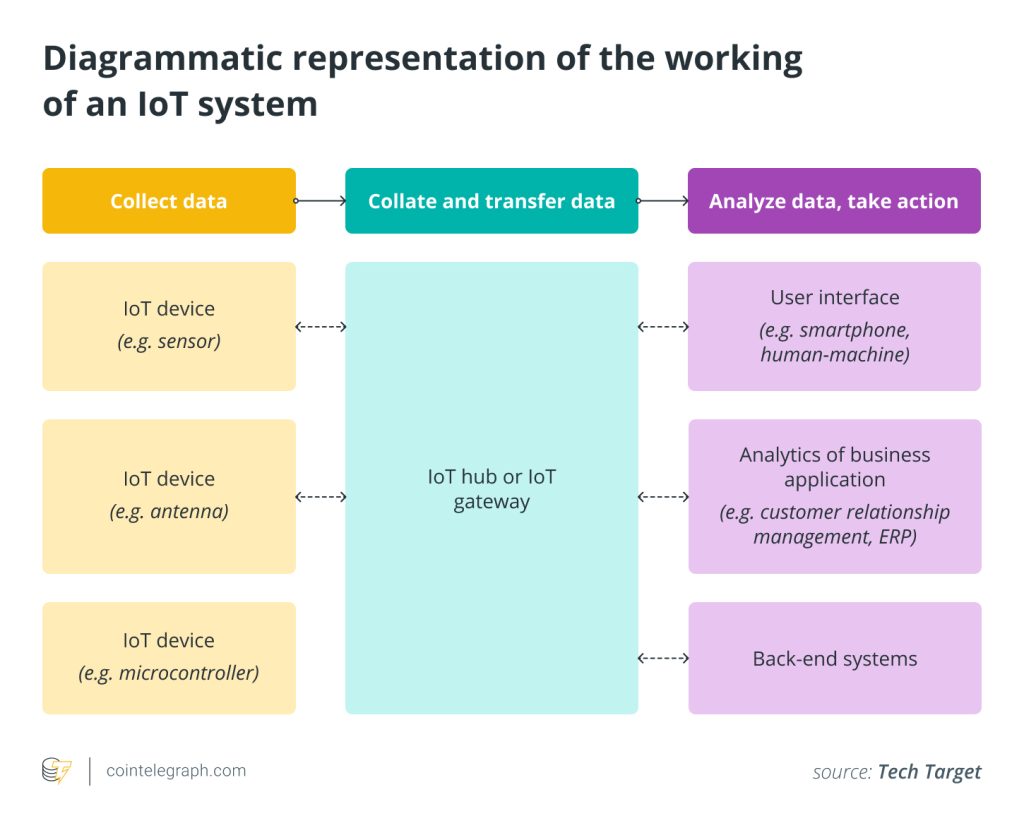What is regenerative finance (ReFi)? A beginner’s guide


Regenerative finance, explained
Regenerative finance (ReFi) is a term used to describe a concept that integrates financial practices with social responsibility, sustainability and regeneration. Regenerative finance aims to create economic systems that go beyond generating financial returns to focus on restoring and enhancing social, environmental and economic well-being.
ReFi’s overarching objective is to support the growth of a “regenerative economy.” An economic system known as a regenerative economy emphasizes social well-being, economic prosperity, resource sustainability, restoration and renewal. A regenerative economy functions in a circular and holistic way, in contrast to the conventional linear economic model, which mainly relies on extraction, consumption and waste.

Examples of regenerative finance in practice include investing in funding social enterprises that address community needs, clean energy projects, supporting blockchain-based carbon offset projects, and backing sustainable agriculture initiatives.
Traditional finance has frequently been criticized for putting short-term profits and expansion ahead of long-term sustainability and an unequal allocation of resources. These problems are addressed by regenerative finance, which emphasizes the following fundamental principles:
Holistic approach
ReFi adopts a comprehensive approach to financial systems, taking into account the interdependence of economic, social and environmental issues. It acknowledges that financial choices have effects that go beyond short-term gains and losses.
Sustainability
ReFi strongly emphasizes funding initiatives and companies that advance ecological renewal and environmental sustainability. This can entail providing funds for eco-friendly technologies, sustainable agriculture and renewable energy projects.
Impact on society
ReFi aims to reduce socioeconomic disparities and enhance community well-being. Investments may be made in initiatives that empower underprivileged populations, giving them access to education, healthcare, affordable housing and creating jobs.
Long-term thinking
Regenerative finance encourages investors and financial institutions to think about the long-term effects of their decisions rather than just concentrating on short-term profits. This strategy seeks to promote robust and reliable economic systems.
Accountability and transparency
ReFi encourages honesty and openness in business dealings. Companies are expected to report their sustainable practices, and investors are challenged to think about the social and environmental effects of their investments.
Community engagement
Regenerative financing frequently entails community engagement and participation in decision-making processes. It recognizes the valuable insight local communities have into their own needs and difficulties.
Who coined the term “regenerative economy?”
There is no single originator of the term “regenerative economy,” which has been in use for a very long time. It has evolved from the general idea of a regenerative system inherent in ecological and natural systems. Nonetheless, a few individuals and organizations have helped popularize and advance the concept.
Author, businessman and environmentalist Paul Hawken played a key role in developing the idea of regenerative economies. In his influential 1993 book The Ecology of Commerce, Hawken explored the idea of creating a sustainable economy that mimics nature’s regenerative cycles rather than depleting resources.
John Fullerton, the founder and president of the Capital Institute, is another well-known advocate for regenerative capitalism and economies. His work has sparked many discussions about sustainable finance and economics. He has written extensively about the shift from a typical extractive economy to a regenerative one.
Moreover, organizations like the Regenerative Communities Network and the Ellen MacArthur Foundation have also promoted and disseminated the notion of the regenerative economy. That said, the idea of a regenerative economy has evolved over time due to discussions about sustainable development, circular economies, and the requirement for a more all-encompassing approach to economic systems that repair and strengthen natural and social capital.
How does regenerative finance work?
ReFi entails finding opportunities for impact investing and allocating funds to initiatives that support sustainable agriculture, renewable energy, ecological restoration and community well-being. Regenerative finance also places a focus on long-term thinking, circular economy principles (e.g., supporting initiatives that reduce waste and promote recycling), and community empowerment.
Moreover, regenerative finance in Web3 enables people to make socially conscious financial decisions, and to promote environmental and social benefits by lining up financial interests with general sustainability aims.
Let’s understand how ReFi works using decentralized green bonds as an example. Decentralized green bonds are financial products that adhere to regenerative finance principles and are issued on blockchain platforms.
Investors from all over the world can participate in the bond sale directly through a decentralized bond issuance platform, removing the need for a centralized underwriter. The terms of the decentralized green bonds are automatically created, issued and managed through smart contracts, which contain the terms and conditions of the bonds, including interest rates, maturity dates and distribution schedules.
Decentralized green bonds are tokenized using blockchain, signifying digital ownership of the bonds. Every token represents a particular sum of the bond’s value. For instance, each bond token issued by a solar energy company represents a portion of the entire investment. In return for their investment in the solar project, investors receive these bond tokens.
Decentralized green bond offerings generate funds to be invested in sustainable projects that benefit the environment and the circular economy. Moreover, such green bonds frequently include tools for monitoring the effects of funded projects and making sure they adhere to predetermined sustainability standards.
Through a decentralized autonomous organization (DAO) structure, stakeholders in a decentralized green bond ecosystem, such as investors and project beneficiaries, may take part in decision-making. A decentralized green bond DAO, for instance, might be created, enabling tokenholders to suggest and decide on new green projects for upcoming bond issuances.
The decentralized green bond ecosystem develops over time through newly funded sustainable initiatives, smart contract upgrades and community feedback.

How circular finance models support the regenerative economy
Circular finance models refer to financial systems that aim to promote sustainable and circular economic practices. These models promote the development of industries that align with the tenets of the circular economy by distributing financing to these endeavors.
For instance, a circular finance fund might invest in businesses that produce eco-friendly goods or work in fields with minimal negative environmental effects, such as sustainable agriculture or renewable energy.
Circular finance also facilitates the issuance of green bonds and other sustainable financial products. These bonds fund initiatives promoting resource efficiency, waste reduction and environmental preservation. For example, a project that aspires to build a recycling infrastructure to cut down on plastic waste and encourage a circular approach to material usage could receive financing from a circular finance initiative.
Additionally, circular supply chain promotion is greatly aided by circular finance models. Companies with circular supply chains make durable, simple-to-repair and recyclable items. These companies receive financial support from circular finance initiatives in their efforts to embrace more sustainable practices.
Embracing regenerative economies in Web3
Regenerative economies and finance play a key role in blockchain-powered Web3 by bringing social responsibility and sustainability to the decentralized financial ecosystem, as explained below:
Encourage green investments
Web3 platforms can encourage sustainable investments by enabling individuals and organizations to directly finance regenerative initiatives and ventures through decentralized crowdfunding platforms. Investors can finance projects centered on green technologies, regenerative agriculture, renewable energy and other eco-friendly undertakings.
Transparent impact measurement
Web3 can deliver verifiable, real-time impact measurement for regenerative projects by using blockchain technology. By allowing users to monitor the environmental and social effects of their investments, the financial ecosystem is made more accountable, and trust is fostered.
Socially responsible lending and borrowing
ReFi in Web3 can help with socially responsible lending and borrowing by directing funds toward initiatives that prioritize social impact. Borrowers can access funding for projects like community development or educational activities that adhere to regenerative principles.
Decentralized green bonds
Web3 can make it possible to issue and trade decentralized green bonds, which help finance green initiatives. By leveraging smart contracts, interest payments can be automated, guaranteeing transparent funding allocation to regenerative ventures.
Regenerative staking and yield farming
Decentralized finance (DeFi) users can engage in regenerative staking and yield farming to support initiatives that prioritize sustainability. Users can benefit from incentives while supporting beneficial environmental projects by staking and lending liquidity to environmentally friendly projects.
Community-driven impact governance
Web3 enables decentralized governance, allowing the community to influence the allocation of funds and the development of projects for regenerative finance, ensuring that the community’s beliefs and needs are met by regenerative investments.
Is ReFi the same as DeFi?
Decentralized and regenerative finance are two different concepts with distinct goals. While DeFi focuses on building a decentralized and inclusive financial ecosystem, regenerative finance emphasizes beneficial social and environmental impacts in its financial activities. However, there is potential for these two concepts to complement each other, with DeFi offering opportunities and tools for regenerative finance projects.
DeFi platforms, for instance, might make it easier for investors to finance regenerative initiatives directly without using conventional intermediaries. Furthermore, some DeFi projects may align with regenerative principles by adopting sustainable practices within their own protocols. DeFi projects might encourage eco-friendly mining techniques, staking for sustainable projects or using renewable energy sources for their blockchain networks.
That said, fostering decentralized, blockchain-based systems that prioritize ecological and social impact in addition to financial gains is the key to the future of regenerative finance. This strategy will hasten the transition to a more equitable and regenerative economy by empowering people to participate in sustainable investments, promoting transparency and utilizing emerging technologies to address global concerns.
Written by Onkar Singh






… [Trackback]
[…] Information to that Topic: x.superex.com/academys/beginner/2298/ […]
… [Trackback]
[…] Find More to that Topic: x.superex.com/academys/beginner/2298/ […]
… [Trackback]
[…] Read More Info here on that Topic: x.superex.com/academys/beginner/2298/ […]
… [Trackback]
[…] Read More Info here on that Topic: x.superex.com/academys/beginner/2298/ […]
… [Trackback]
[…] Information on that Topic: x.superex.com/academys/beginner/2298/ […]
… [Trackback]
[…] Find More on to that Topic: x.superex.com/academys/beginner/2298/ […]
… [Trackback]
[…] Read More to that Topic: x.superex.com/academys/beginner/2298/ […]
… [Trackback]
[…] Info to that Topic: x.superex.com/academys/beginner/2298/ […]
… [Trackback]
[…] Read More to that Topic: x.superex.com/academys/beginner/2298/ […]
… [Trackback]
[…] Information to that Topic: x.superex.com/academys/beginner/2298/ […]
… [Trackback]
[…] Info on that Topic: x.superex.com/academys/beginner/2298/ […]
… [Trackback]
[…] Read More here to that Topic: x.superex.com/academys/beginner/2298/ […]
… [Trackback]
[…] Read More on to that Topic: x.superex.com/academys/beginner/2298/ […]
… [Trackback]
[…] Information on that Topic: x.superex.com/academys/beginner/2298/ […]
… [Trackback]
[…] Info to that Topic: x.superex.com/academys/beginner/2298/ […]
… [Trackback]
[…] Info on that Topic: x.superex.com/academys/beginner/2298/ […]
… [Trackback]
[…] Read More to that Topic: x.superex.com/academys/beginner/2298/ […]